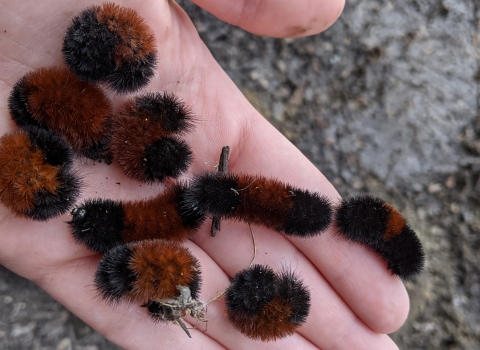Management of Biological Invasions (2021) Volume 12, Issue 3: 527–545
Citation: Jewell SD, Fuller PL (2021) The unsung success of injurious wildlife listing under the Lacey Act. Management of Biological Invasions 12(3): 527–545, https://doi.org/10.3391/mbi.2021.12.3.03
Abstract:
Previous papers discussing the effectiveness of injurious wildlife listings under 18 U.S.C. 42(a) of the Lacey Act have emphasized failures while ignoring the many successes. We looked at the 120-year history of injurious listing and then determined the effectiveness of the listings since the U.S. Fish and Wildlife Service (USFWS) gained the listing authority in 1940. We measured success by the effectiveness of listing relative to the stage of the invasion process – that is, whether or not a species was established at the time of listing, if it since established, and if it subsequently spread to other States. The USFWS started listing preemptively with its first rule in 1952 and has added the majority of species preemptively since then. We analyzed the 307 species that were listed for invasiveness (excluding species listed for other injurious reasons). Of those species, 288 (94%) were listed preemptively (before they became established). Although we acknowledge that other factors may play a role, we consider species that were listed before establishment and remained not established as “very effective” listings. All 288 remained not established – a 100% prevention rate when listed preemptively. Only 19 of the 307 species (6%) were listed after establishment, and they remain established. The listings are considered “effective” for the 4% that remained within the State(s) they were established in at listing and “ineffective” or “not applicable” for the 2% that spread to other States. The rationale for listing established species is explained herein. We conclude that injurious species listings can be effective at any stage, but prohibiting the importation into the United States of high-risk species prior to their introduction and establishment into U.S. environments is very effective in preventing invasions, and this success has heretofore been overlooked.
Link to full article: The unsung success of injurious wildlife listing under the Lacey Act



